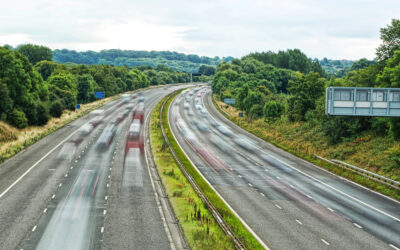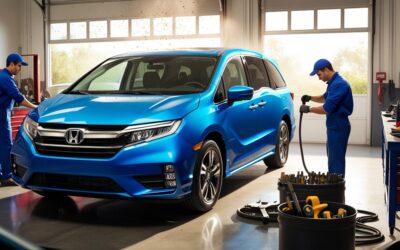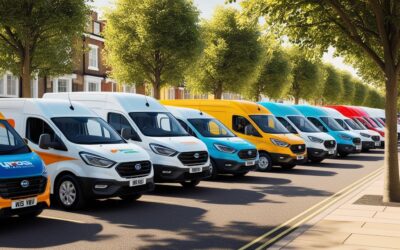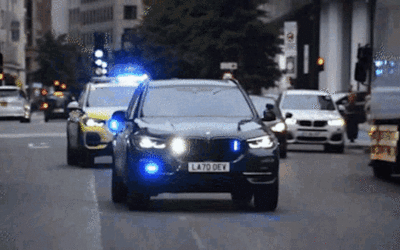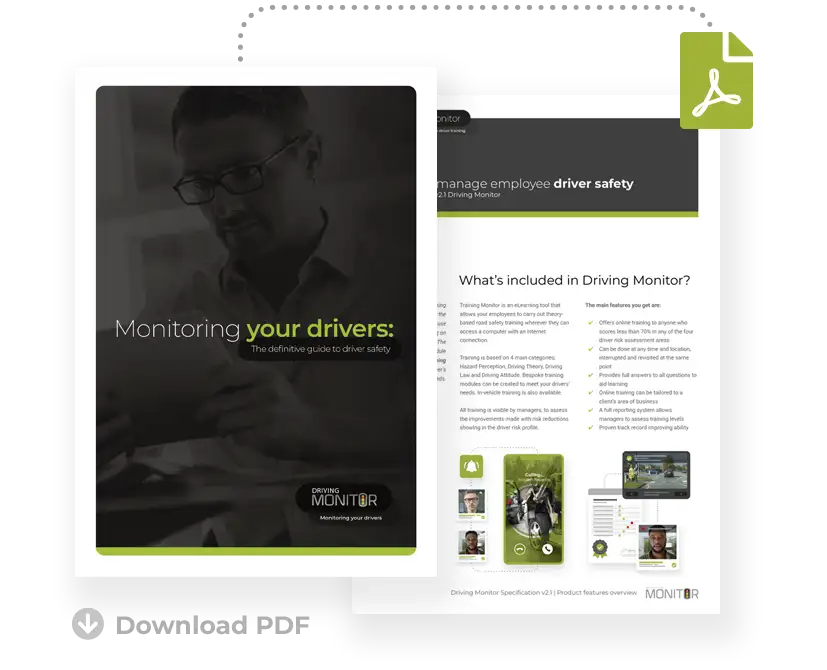Smart technology lights the pathway to electric vehicle rollout
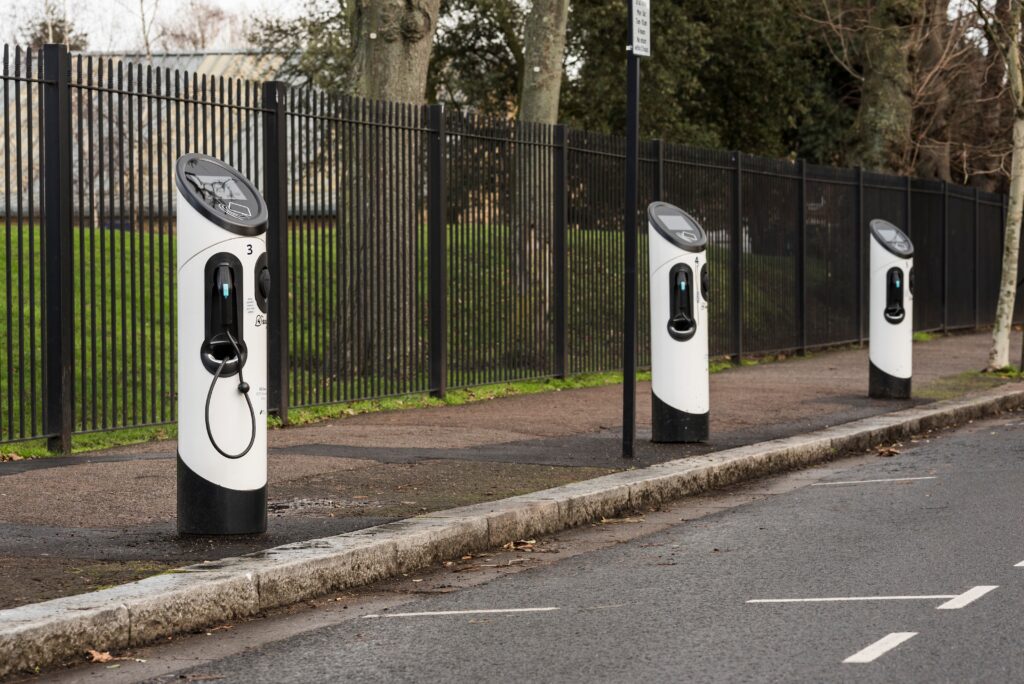
One of the concerns that are frequently aired whenever there’s talk about the 2030 ban on combustion engines is whether we have the infrastructure in place to deal with the extra demand electric vehicles will place on the network.
With the take-up of EVs gathering pace, it’s estimated that by 2030 there’ll be 4.5 million e-vehicles in use across London, the East and South East of England including buses and taxis.
That’s an extra 3.5GW of demand in electricity across Great Britain, so the question is:
How will the additional demand be managed?
Traditionally, the existing network would be reinforced to provide this capacity, upgrading or adding new substations and cabling – but this is normally at the cost of the customer.
Is there a way to facilitate demand without the customer footing the bill?
Smart technology could be the answer.
It gives potential for the rollout of thousands of electric vehicle charge points.
More than 500 electric vehicle chargers could be connected around a single electricity substation, using new software rather than building new cables and substations.
UK Power Networks have come up with a smart “Active Response” technology to trial a responsive, automated electric network that reconfigures itself daily to move spare capacity to where the demand is.
It will provide additional capacity at evenings and weekends in residential areas during peak demand and then move that spare capacity during the day to wherever it’s needed – city centres, commercial hubs and electric fleet charge points.
Artificial intelligence used to simulate demand
Based on a substation in Tooting, south London, the Active Response trial processed vast amounts of data and used switches to automatically reconfigure power flows around the network, and efficiently distributed electrical load across the available infrastructure.
One of the simulations tested a ‘peak demand’ scenario in the evening when people are at home cooking, using electric heating and charging electric cars. The system identified a way to unlock 1,000kW of capacity -– equivalent to 142 fast chargers – and there was scope for more.
Ian Cameron, head of customer service and innovation at UK Power Networks, said, “To reach Net Zero carbon emissions by 2050, we need to facilitate millions of electric vehicles and heat pumps and work even faster to connect more renewables.
“These results are exciting because they show that intelligent innovation can have a multiplier effect and make this future a reality.”
Potential to enable thousands more fast chargers
Experts at UK Power Networks believe the software solution could release capacity for 568 additional EV chargers in Tooting alone.
There are 195 primary substations like this across London and 1,313 across the South East and East of England that share similarities – so the software has potential to enable thousands more fast chargers to be connected in other areas. The project team is now preparing to trial the system on the live electricity network.
Project partners include CGI and Ricardo Energy and Environment. Symon Brown, account director at CGI, said, “We have had some impressive results, and as the transition to Net Zero will be enabled through projects like this, it is evident that Active Response is an important step along the way.”
Obviously this is promising news for the fleet industry as we draw closer to the combustion engine ban, but how ready are you to electrify? Good to go or better to wait until software like this is more than just a trial?
Share your thoughts with [email protected] or drop a comment below.
Recent Posts
- Road Traffic Levels On The Rise As Road Safety Concerns Grow
- Road Safety: Councils Told To ‘Prove’ Pothole Repair Progress To Access Funding
- Millions Of Vehicles Remain On The Road Despite Safety Recalls
- ‘One Third’ Of Local Roads Are At Risk Of Structural Failure In The Next Five Years
- Fleets Urged To Check DVLA Policy Over Tests That Could See Drivers Fined £1,000
